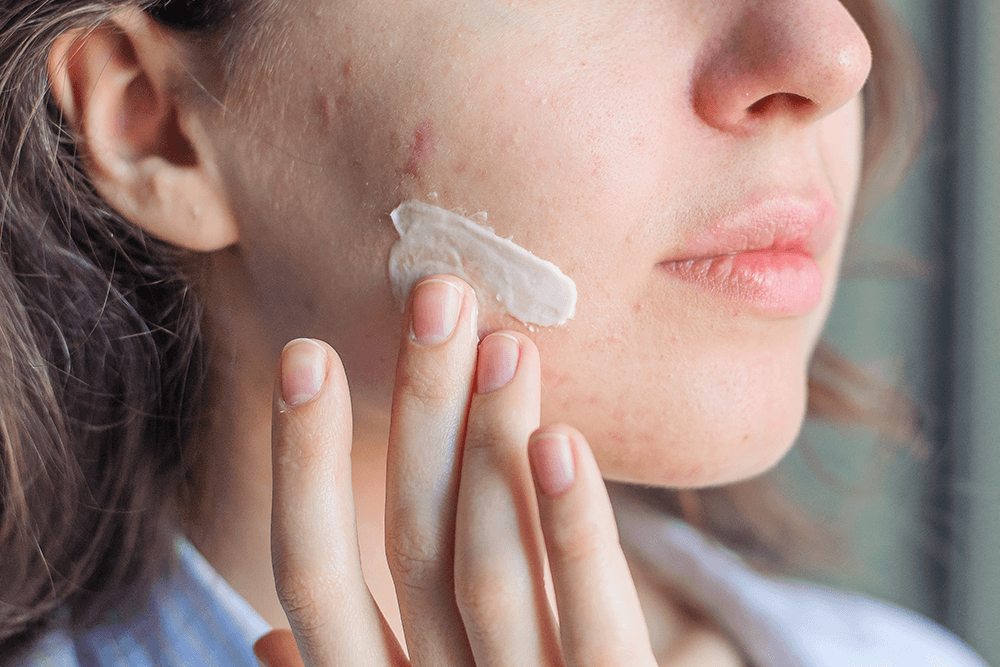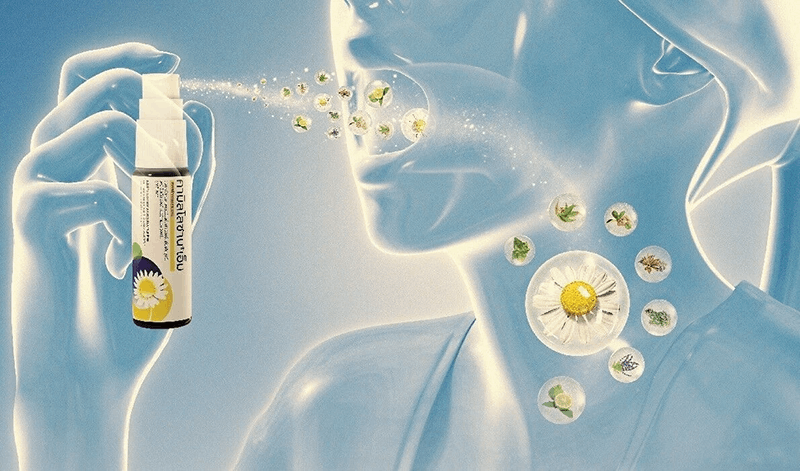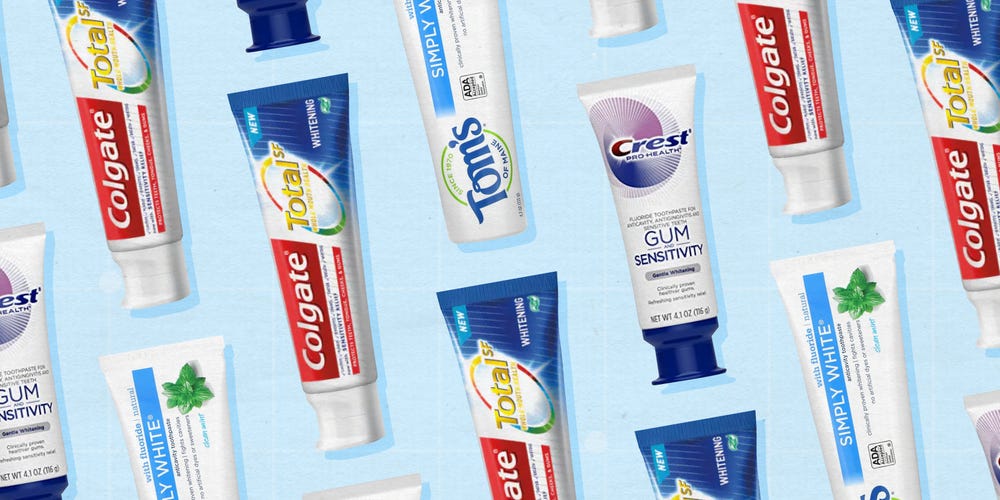Can Toothpaste Remove Pimples? Effective or Harmful?
“Can toothpaste remove pimples?” is a question that often circulates on social media and online forums, promising a quick, no-cost fix for acne flare-ups. Toothpaste is readily available in every household, and some of its constituents—such as baking soda, alcohol, and hydrogen peroxide—have drying or antibacterial properties that might seem beneficial for spot treatment . However, toothpaste is engineered to clean hard enamel surfaces, not the delicate, pH-balanced skin of your face, and its harsh ingredients can do more harm than good . In this comprehensive guide, we explore the myth and reality behind this DIY remedy, outline its drawbacks, and present professionally recommended alternatives suitable for the humid, tropical environment of the Philippines.
The Myth Behind Toothpaste and Pimples
Why Toothpaste Seems to Work
Drying Agents
Many toothpaste formulations contain baking soda (sodium bicarbonate) and hydrogen peroxide, which can absorb moisture from the skin, giving the temporary illusion of a shrinking pimple .Antibacterial Compounds
Historically, toothpaste included an antibacterial agent called triclosan, capable of killing Cutibacterium acnes, the bacteria implicated in acne . Although triclosan has been largely removed from oral care products due to safety concerns, it contributed to the belief that toothpaste might disinfect pimples.Tingling Sensation
Ingredients like menthol can produce a cooling or tingling effect, which some interpret as reduced inflammation and pain relief.
Why It Doesn’t Really Help
Despite these properties, toothpaste is not formulated for skin application:
pH Imbalance
Facial skin has an acidic pH (~4.5–5.5), whereas toothpaste is more alkaline. Applying toothpaste can disrupt this balance, leading to rashes, burning, or stinging sensations .Harsh Chemicals
Common ingredients such as sodium lauryl sulfate (SLS) and alcohol can strip away the skin’s natural oils and moisture barrier, causing dryness, redness, and peeling .Chemical Burns and Scarring
Leaving toothpaste on overnight may induce chemical burns on sensitive areas, raising the risk of long-term scarring and hyperpigmentation.
Risks and Side Effects
Skin Irritation and Inflammation
Toothpaste ingredients are tailored for enamel cleaning and can severely irritate facial skin. Hydrogen peroxide and alcohol may burn or sting, while SLS can provoke inflammatory responses in sensitive individuals. This irritation can exacerbate existing acne by triggering increased sebum (oil) production as the skin attempts to rehydrate itself .
Over-Drying and Rebound Oiliness
Excessive dryness from toothpaste use can backfire. When the skin becomes too dry, it compensates by producing more oil, potentially clogging pores and causing new breakouts .
Increased Risk of Scarring
Inflamed, damaged skin heals less evenly. Chemical burns from prolonged toothpaste exposure can leave behind pits and scars that are more challenging to treat than the original pimples .
Evidence-Based Alternatives
Over-the-Counter Acne Treatments
For gentle yet effective spot treatments, look for products containing:
Benzoyl Peroxide (2.5–10%): Kills acne-causing bacteria without overly drying skin .
Salicylic Acid (0.5–2%): Penetrates pores to exfoliate and prevent clogs .
Adapalene (0.1–0.3%): A topical retinoid that reduces inflammation and promotes skin renewal .
These ingredients are formulated for facial skin, offering controlled dosing and pH balance.
Natural Home Remedies
Tea Tree Oil
A study showed that 5% tea tree oil gel reduced mild-to-moderate acne lesions by over 50% within 12 weeks, with fewer side effects than benzoyl peroxide .Aloe Vera
Aloe vera gel, rich in anti-inflammatory and antimicrobial compounds, can soothe lesions and support healing. Clinical trials report significant improvements in redness and lesion counts with topical aloe formulations .Green Tea Extract (EGCG)
Topical EGCG reduces oiliness and inflammation. Applying cooled green tea or using skincare products with EGCG can complement standard acne therapies .Clay Masks and Sulfur
Clay and sulfur-based masks draw out impurities and reduce oil without the harsh side effects of toothpaste. Use once or twice weekly in place of aggressive spot treatments .
Recommendations for the Philippine Market
Local Accessibility
Major chains in the Philippines—such as Watsons, Mercury Drug, and SM Pharmacy—stock international OTC brands like Neutrogena, La Roche-Posay, and local brands like Belo Essentials and Human Nature.Climate Considerations
In tropical, humid conditions, lightweight, non-comedogenic formulations are vital. Look for gel-based spot treatments and oil-free moisturizers to maintain skin balance.Sun Protection
Acne treatments can sensitize skin to UV radiation. Apply a broad-spectrum sunscreen (SPF 30+) daily, available in matte, water-resistant variants popular in Southeast Asia.Diet and Lifestyle
While genetics play a major role in acne, diet and stress impact flare-ups. Embrace a balanced diet rich in fruits, vegetables, and low in high-glycemic foods, and practice stress management techniques suited to Filipino lifestyles, such as evening walks or local mindfulness practices.
Try Lidercare Now!
We Help You Launch New Products, And Continue To Grow. Try Us With 20% Off Your First Order!
Q&A Section
Q1: Can toothpaste remove pimples overnight?
A1: While toothpaste may dry a pimple temporarily, it risks irritation and chemical burns. Overnight use can worsen inflammation and lead to scarring.
Q2: Is it safe to use toothpaste on pimples?
A2: No. Ingredients like baking soda, SLS, and hydrogen peroxide can disrupt skin pH and strip moisture, causing redness and peeling.
Q3: What toothpaste ingredient is believed to dry pimples?
A3: Baking soda and hydrogen peroxide are drying agents, but they’re too harsh for facial skin and can trigger a rebound in oil production.
Q4: What are the best alternatives to toothpaste for spot treatment?
A4: Use OTC products containing benzoyl peroxide, salicylic acid, or adapalene. Natural options like tea tree oil and aloe vera gels are also effective.
Q5: How can Filipinos maintain clear skin in humid weather?
A5: Choose lightweight, oil-free spot treatments and moisturizers available at Watsons and Mercury Drug, apply sunscreen daily, and follow a balanced diet.
Table of Contents
Awesome! Share to:
Latest Blog Posts
Check out the latest industry trends and take inspiration from our updated blogs, giving you a fresh insight to help boost your business.



